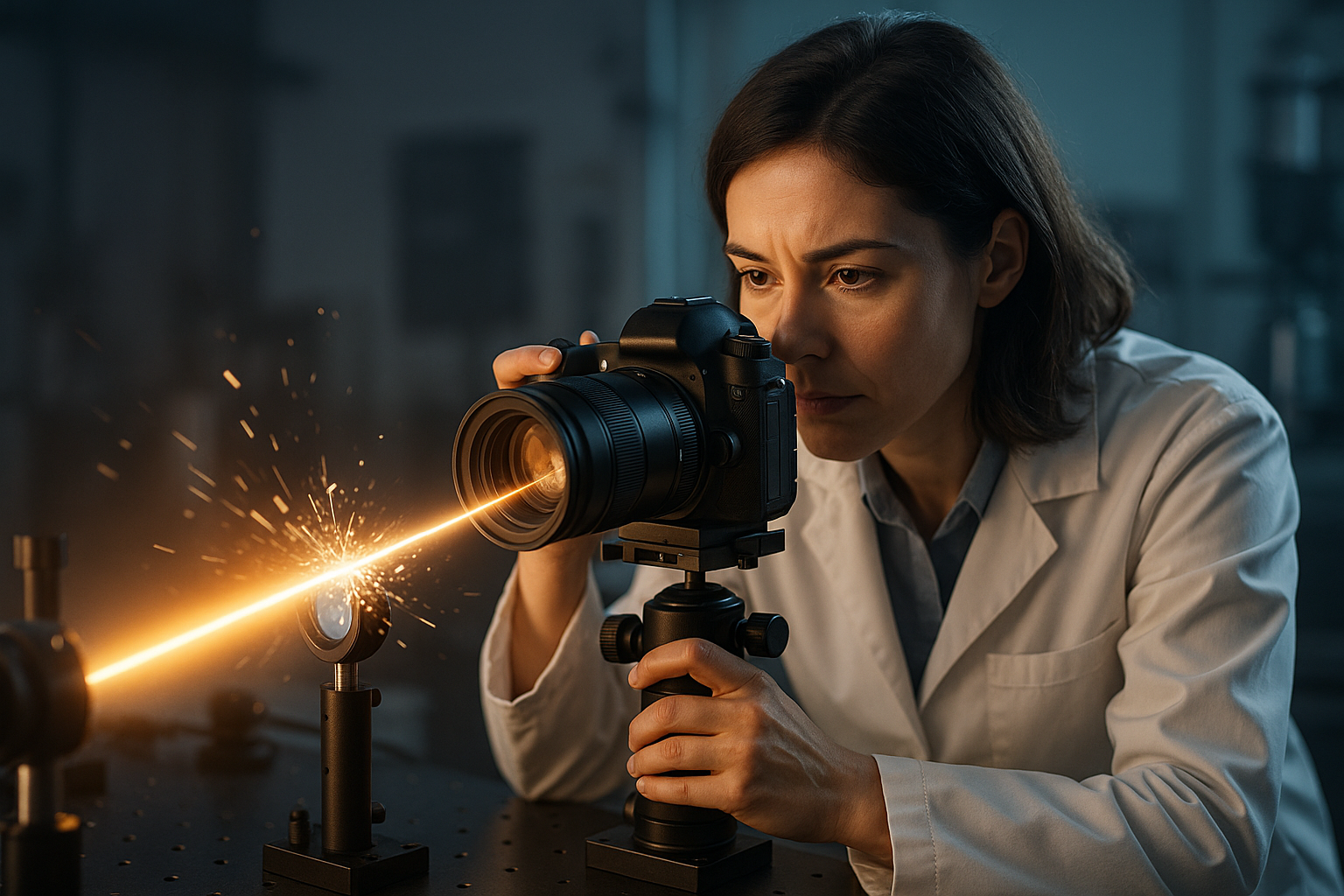Shattering The Glass Ceiling: The Unprecedented Emergence Of Femto-Photography
Since the dawn of photography in the early 19th century, mankind has been fascinated with the power to freeze moments in time. From the long-exposure daguerreotypes to the instant snaps of today's digital cameras, every new development in photography has enabled us to capture the world around us with increasing detail and precision. Enter femto-photography, the groundbreaking technology that allows us to photograph light in motion, and open a new window into the unseen world.

Femto-photography is the art of capturing images at a trillion frames per second, a speed so fast that individual photons of light can be seen moving across the frame. This groundbreaking technology, first introduced by MIT researchers in 2011, has the potential to revolutionize fields ranging from medical imaging to industrial inspection.
Tracing the Path: A Brief History of Femto-Photography
The development of femto-photography was made possible by advances in ultrafast optics and data processing. The concept of capturing light in motion was initially introduced in 1972 by L. Harriton and C. B. Moore. However, it wasn’t until 2011 when a team of scientists led by Dr. Ramesh Raskar at the MIT Media Lab successfully developed a femto-photography system capable of recording at a staggering one trillion frames per second.
The ‘Now’ in News: Recent Developments
The femto-photography field has seen some exciting developments in recent years. In 2020, a team of researchers from Caltech and University of Quebec developed a new technique of femto-photography that uses quantum correlations and the phenomenon of entanglement to increase the resolution of the images.
The Price Tag: Cost and Market Impact
As a cutting-edge technology, femto-photography is presently a high-cost field. A femto-camera setup, complete with ultrafast lasers and high-speed detectors, can be priced upwards of $500,000. However, as the technology matures and becomes more widespread, the price is expected to drop significantly, making it accessible to a broader market.
The potential applications of femto-photography are vast. It can be used in medical imaging for precise detection of cancer cells, in automotive safety systems for collision avoidance, and in industrial inspection for detecting defects in microstructures. These applications make femto-photography an appealing investment for industries across the board, promising a significant market impact.
Unraveling the Intricacies: Femto-Photography Made Simple
At its core, femto-photography works by capturing light ‘echoes’. When a short pulse of light is fired at an object, some of the light scatters back to the camera while the rest bounces off other objects before returning. By capturing these returning light echoes at a trillion frames per second, a femto-camera can construct a ‘movie’ of light in motion.
In conclusion, femto-photography is a pioneering field that has the potential to reshape our understanding of the world. By giving us the power to photograph light in motion, it opens up new avenues in science, engineering, and art. As the technology continues to evolve, it will undoubtedly bring us closer to the unseen world, one trillionth of a second at a time.




